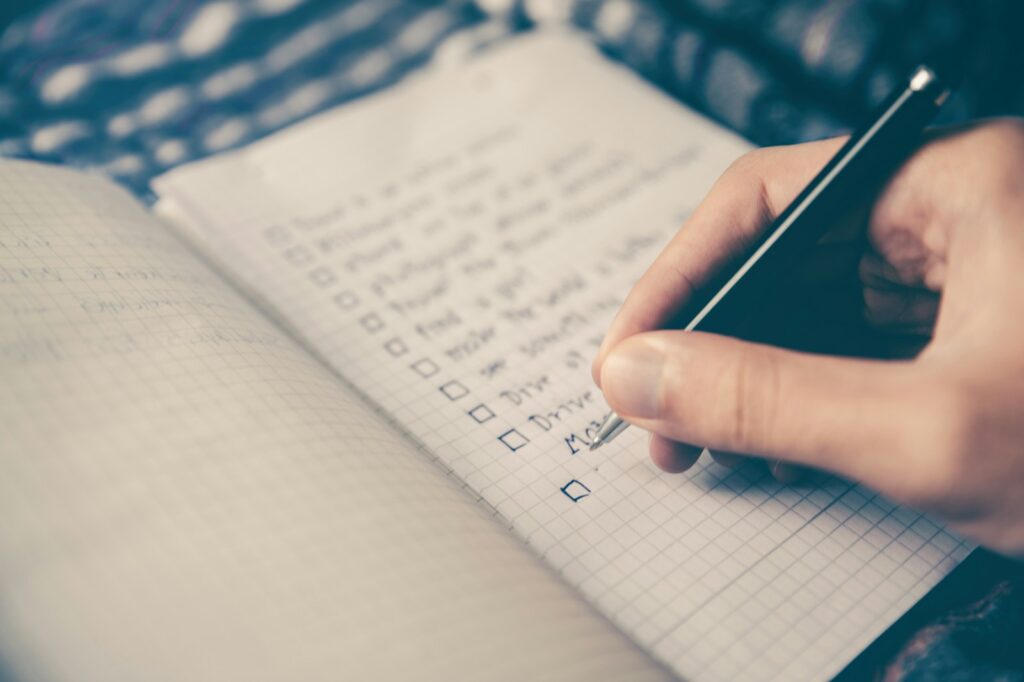Micro-Mindfulness for Busy Therapists: 10 Practices Between Sessions

Therapists are experts at holding space for others — but in the minutes between sessions, that same space can feel fleeting. The nervous system rarely has time to reset, and without intentional moments of grounding, even seasoned clinicians can find themselves carrying residual tension from one client to the next.
Mindfulness doesn’t always require long meditations or quiet retreats. The most effective practices are often the smallest — brief interruptions that signal safety and presence to the body and brain. Here are ten “micro-mindfulness” strategies designed specifically for therapists to use between sessions. Each takes under two minutes and helps you return to your next client centered and clear.
1. The 3-Breath Reset
Before you reach for your notes, pause for three slow breaths. On the exhale, imagine letting go of the last session’s emotional tone. This works because deliberate exhalation activates the parasympathetic nervous system, reducing heart rate and lowering cortisol. Think of it as closing one chapter before opening another.
2. Feet on the Floor
Feel your feet firmly on the ground — really feel them. Notice texture, temperature, pressure. This tactile awareness draws the mind from rumination into sensory presence, engaging the somatosensory cortex and anchoring attention to the here and now.
3. The Doorway Pause
Each time you pass through your office doorway, stop for just two seconds. Let it mark transition: from one story to another, one human to another. Ritualizing movement between spaces builds psychological boundaries and reduces emotional spillover.
4. Five Senses Scan
Look around and name: one thing you see, one thing you hear, one you feel, one you smell, one you taste (even if it’s just coffee). This brief sensory inventory interrupts automatic thought loops and grounds awareness in present-moment data — the raw material of mindfulness.
5. Shoulder Drop
Therapists often carry tension in the shoulders and jaw. Between sessions, consciously drop your shoulders, unclench your teeth, and exhale. This small act sends a message of safety to the amygdala, recalibrating the body’s threat detection system.
6. Gratitude Glimpse
Glance at something in your office that brings warmth — a photo, a plant, sunlight. Let gratitude arise for a single breath. Even brief gratitude practices are shown to release dopamine and serotonin, supporting resilience and emotional balance.
7. Slow Sip
Take one intentional sip of water or tea. Notice its temperature, taste, and texture. Hydration supports attention and mood regulation, while mindful sipping engages interoceptive awareness, reminding you to tune inward.
8. Thought Labeling
If a lingering thought about a client remains, gently label it — “concern,” “sadness,” “curiosity.” Then take a breath and let it pass. Labeling emotion reduces activity in the amygdala and increases prefrontal regulation, allowing you to carry empathy without merging.
9. Mini-Body Scan
Start at your crown and slowly move attention down to your toes, noticing any sensations. You don’t need to fix anything — just witness. This enhances body-mind integration, a key factor in reducing vicarious stress and dissociation.
10. Intention Reset
Before your next session, take five seconds to set an intention: “Be present,” “Be curious,” or “Trust the process.” Research on implementation intentions shows that small, deliberate statements sharpen focus and emotional readiness.
Why Micro-Mindfulness Works
Micro-mindfulness bridges the gap between sessions without demanding time you don’t have. Each practice signals safety to the body, clears cognitive residue, and helps regulate your autonomic nervous system. Over time, these seconds add up to emotional endurance — allowing you to be more grounded, creative, and empathic throughout the day.
For therapists, presence is the tool of the trade. Protecting that presence doesn’t require more hours — just more pauses.






Responses